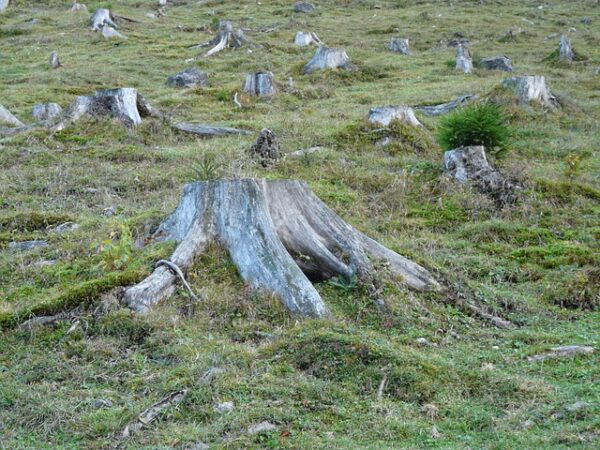
Agriculture drives more than 90 percent of tropical deforestation. Halting deforestation will require a step-change in approach and to be effective measures must address underlying and indirect roles of agriculture, says a new study.

Agriculture drives more than 90 percent of tropical deforestation. Halting deforestation will require a step-change in approach and to be effective measures must address underlying and indirect roles of agriculture, says a new study.
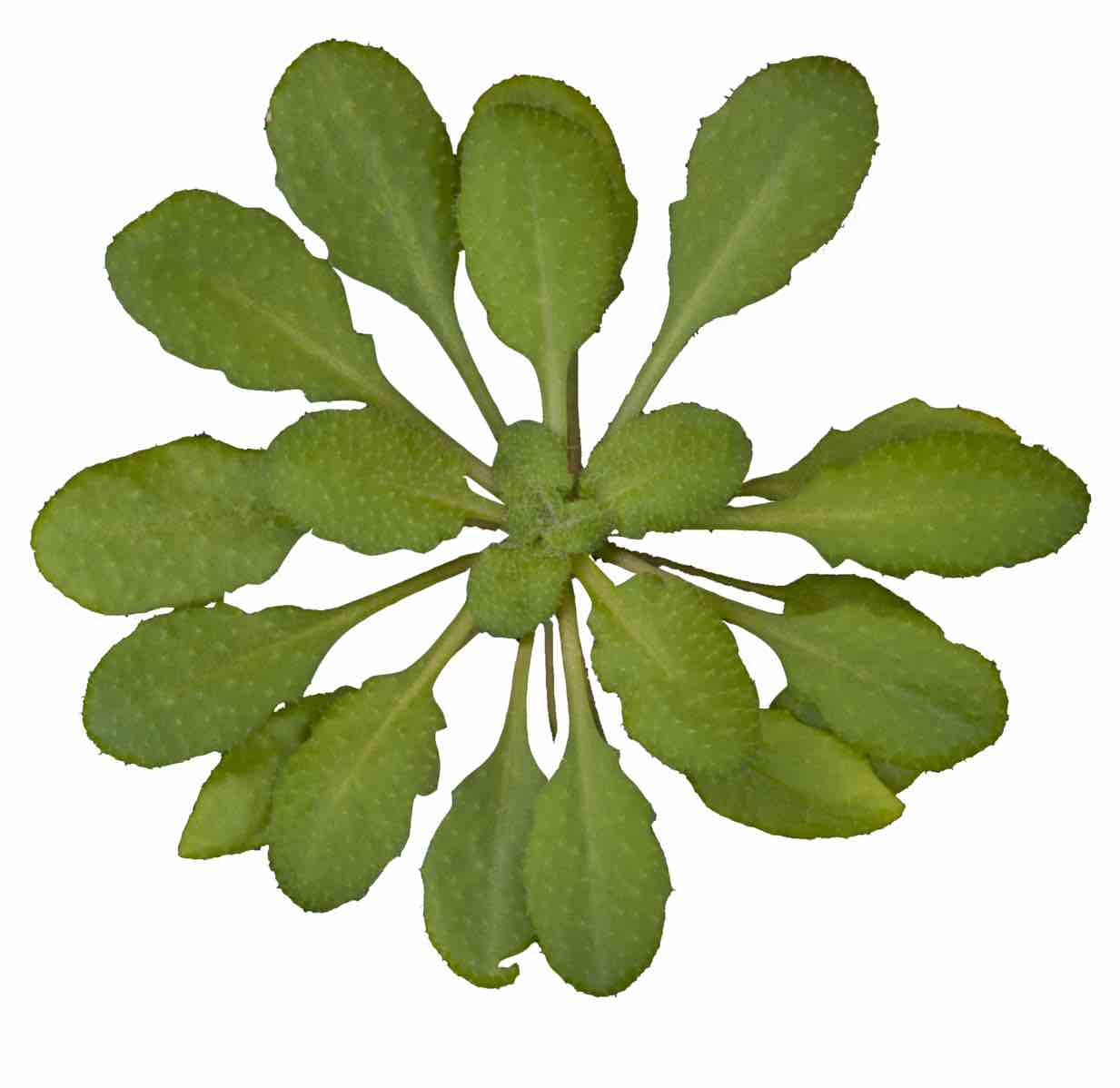
Plants lengthen and bend to secure access to sunlight. Despite observing this phenomenon for centuries, scientists do not fully understand it. Now, scientists have discovered that two plant factors — the protein PIF7 and the growth hormone auxin — are the triggers that accelerate growth when plants are shaded by canopy and exposed to warm temperatures at the same time.
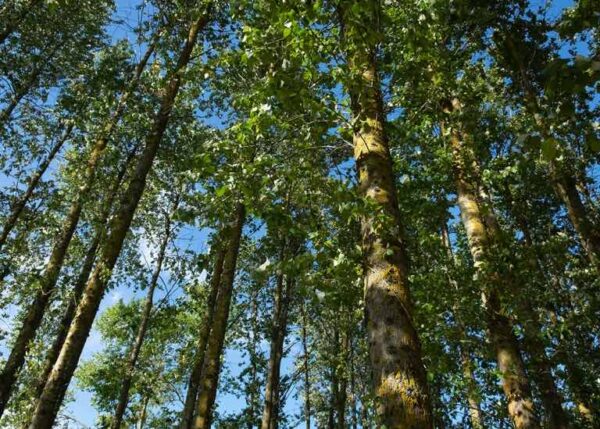
Researchers have developed a novel value chain for production of textile and bio-fuel from fast-growing poplars. By applying sustainable catalysis on these poplars grown on marginal land in Nordic climates, the demand for cotton can be reduced. Consequently, considerable areas of productive agricultural land can be converted from cotton to food production.
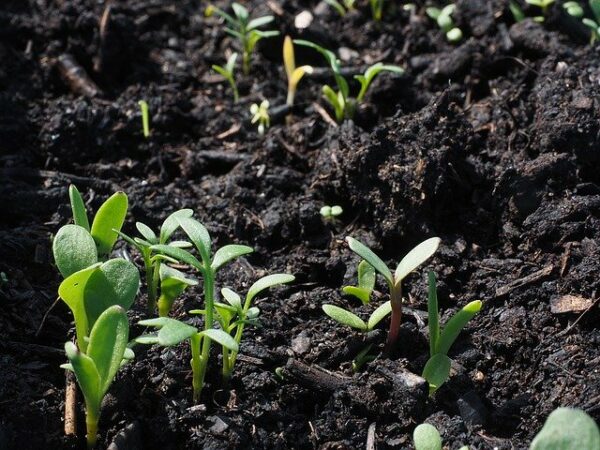
For years, scientists and online databases presumed the presence of clubroot—one of the main diseases on cruciferous crops (such as broccoli, cabbage, and kale)—in Mexico. However, no evidence to support this supposition existed until a team of researchers donned their detective caps to pinpoint the clubroot pathogen.
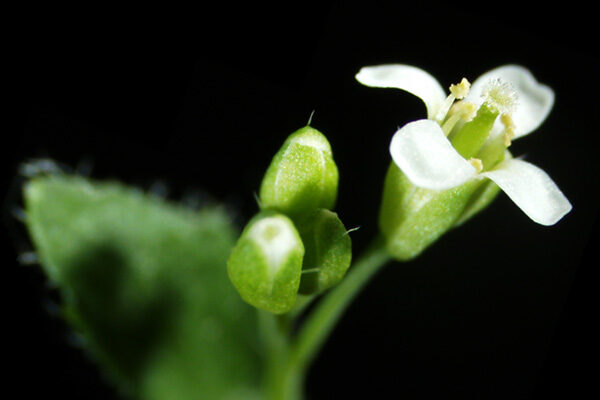
New research sheds new light on how plants, however rarely, experience mutations in their mitochondrial genomes. Unlike humans, plants are able to quickly fix these mutations, and more importantly, not pass them on to their progeny.
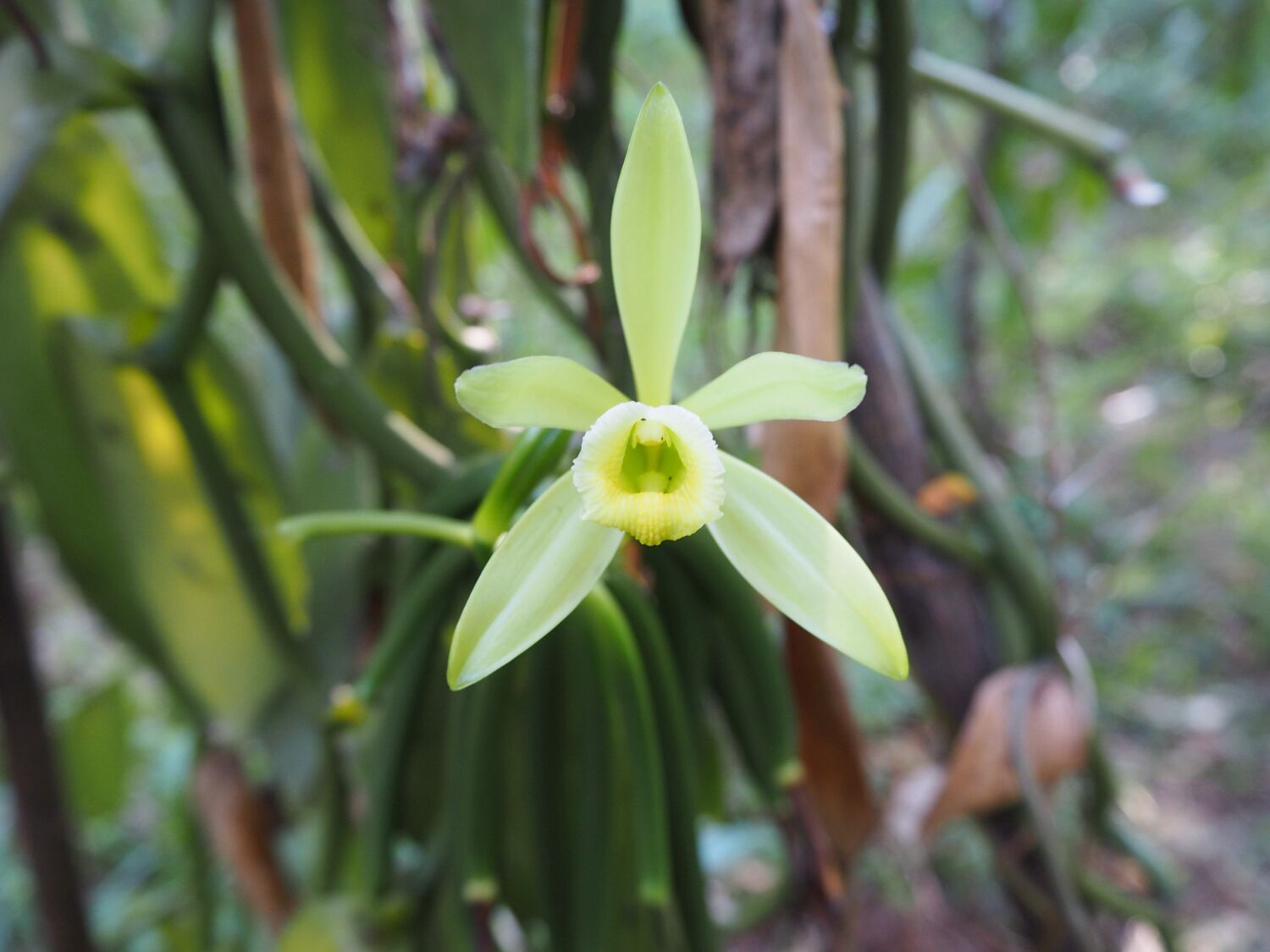
How can biodiversity be preserved whilst securing the economic livelihood of smallholder farmers growing vanilla in Madagascar? There is a way, according to a study that shows that vanilla plantations established on fallow land do not differ in terms of yield from those established in the forest. Cultivation on fallow land also increases biodiversity there.
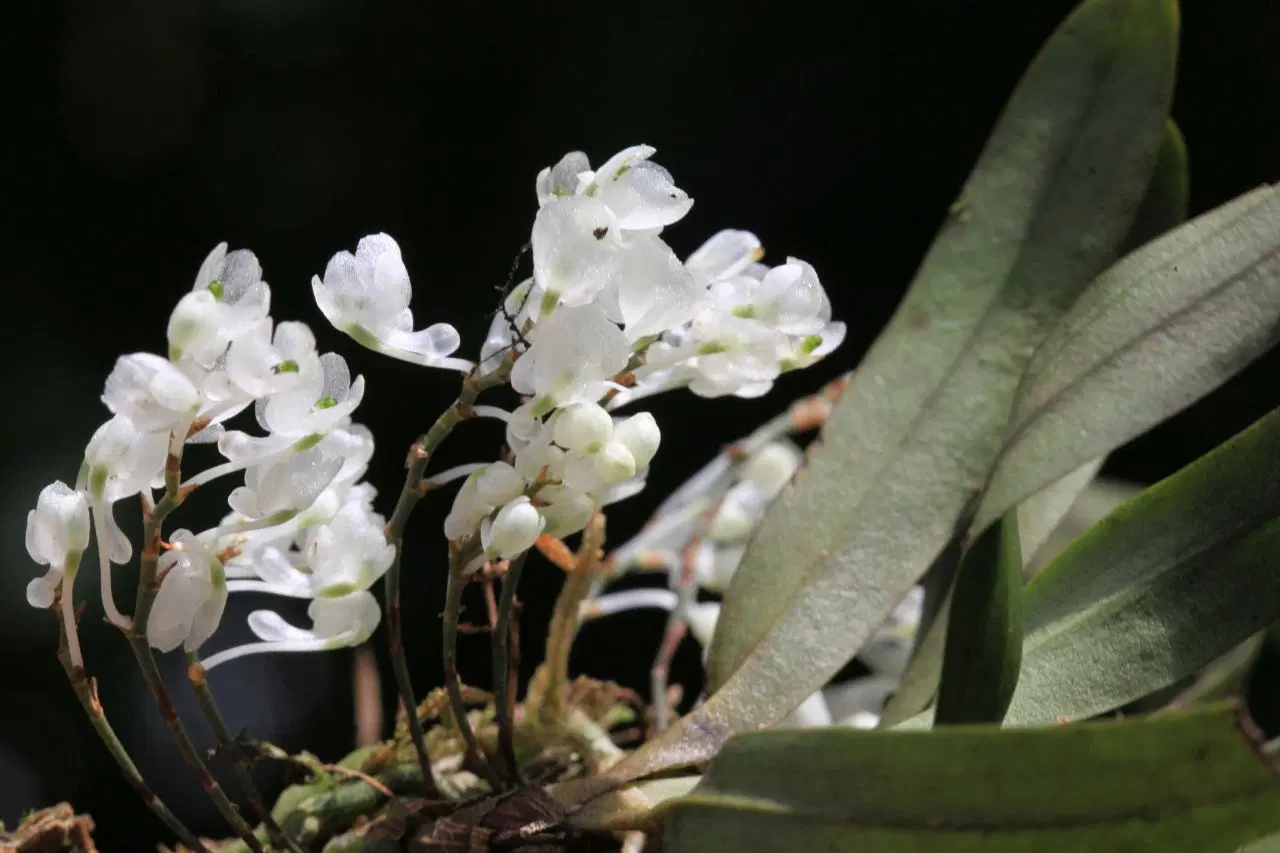
Biologist has discovered a previously unknown orchid species of the genus Rhipidoglossum in northeastern Tanzania. The new species was named Rhipidoglossum pareense, in keeping with its location in the South Pare Mountains.
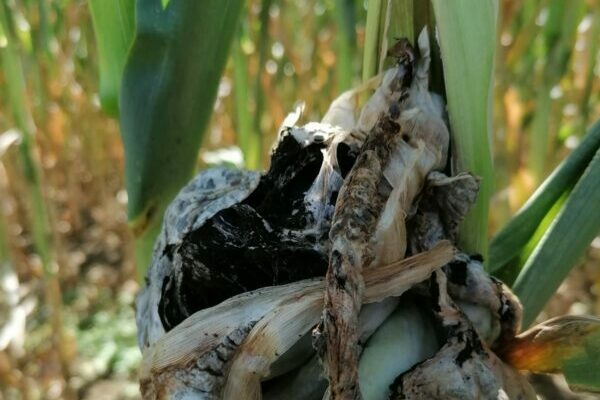
The fungus Ustilago maydis attacks corn and can cause significant damage to its host. To do this, it first ensures that the plant offers little resistance to the infection. The surgical precision it applies is shown by a new study.

Although some researchers have identified peptides through multiple methods, as in Arabidopsis and maize, the biological functions of most NCPs remain to be demonstrated. NCPs function by modulating larger regulatory proteins, and their functions can therefore be predicted from the proteins on which they act.
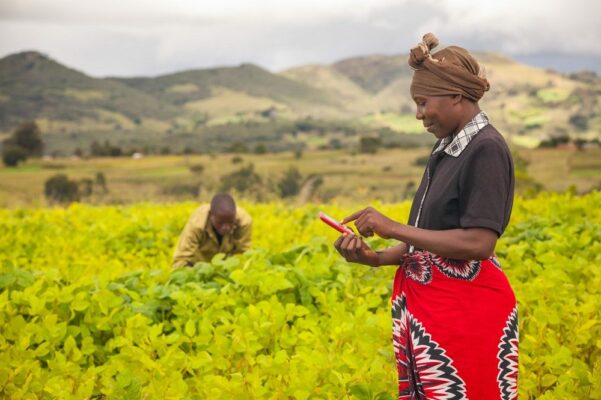
A multi-channel approach to extension reaps greater benefits for smallholder farmers fighting the fall armyworm pest in Eastern Rwanda according to new research published. The team found that exposure to a combined mass extension campaign consisting of plant health rallies, radio dramas and SMS all contributed to better identification of fall armyworm (Spodoptera frugiperda) as well as more environmentally-friendly ways of managing the pest.